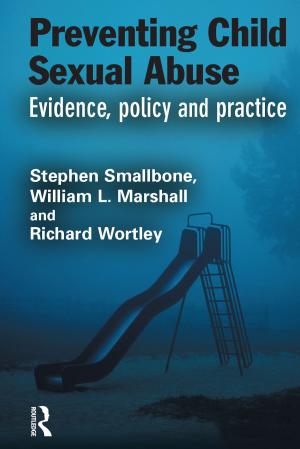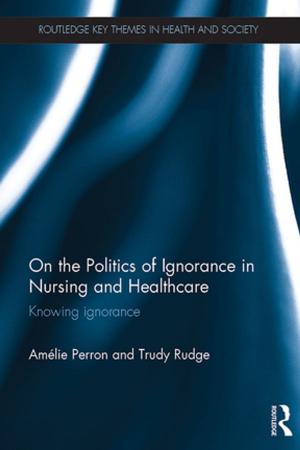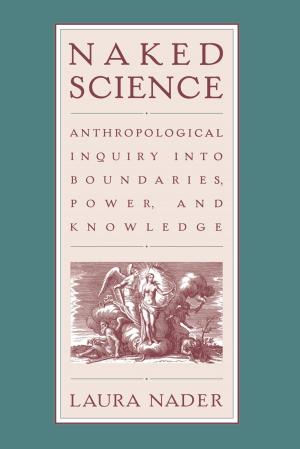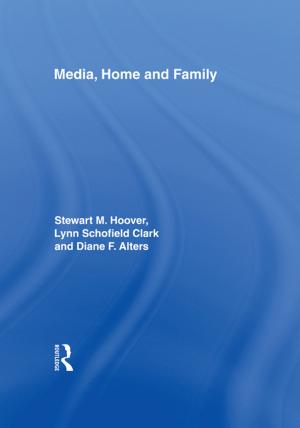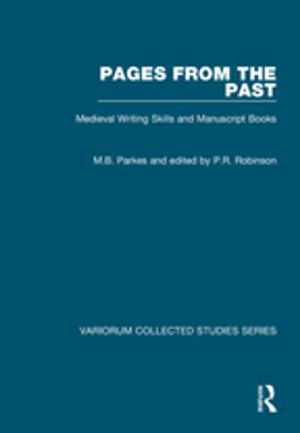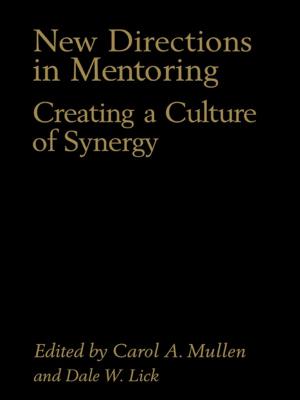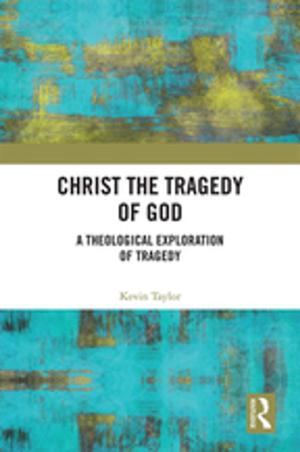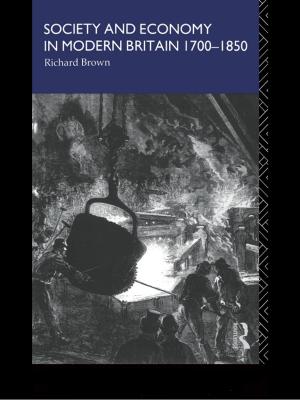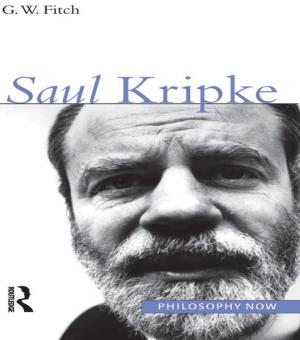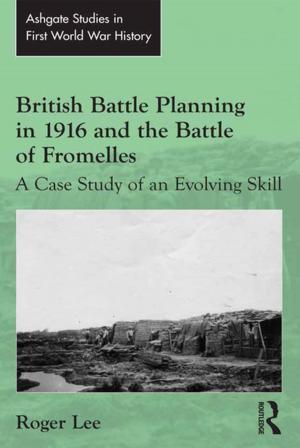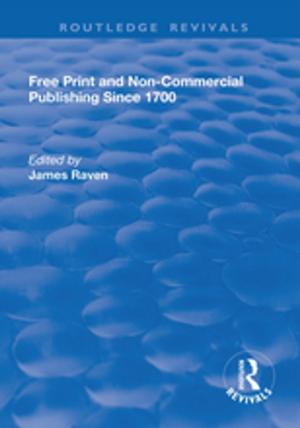Chemical Analysis of Firearms, Ammunition, and Gunshot Residue
Nonfiction, Reference & Language, Law, Forensic Science, Science & Nature, Science, Chemistry, General Chemistry| Author: | James Smyth Wallace | ISBN: | 9781351649285 |
| Publisher: | Taylor and Francis | Publication: | June 4, 2018 |
| Imprint: | CRC Press | Language: | English |
| Author: | James Smyth Wallace |
| ISBN: | 9781351649285 |
| Publisher: | Taylor and Francis |
| Publication: | June 4, 2018 |
| Imprint: | CRC Press |
| Language: | English |
Chemical Analysis of Firearms, Ammunition, and Gunshot Residue, Second Edition continues in the tradition of the popular first edition, filling the void in forensic texts on the subject. While most books on firearms focus solely on the physical aspects of firearms, this book addresses forensic issues relating to the chemical aspects of firearms and ammunition. It draws on the latest published literature including books, scientific papers, technical reports, manufacturer’s literature, newspaper articles, and personal observations and research conducted by the author.
This edition is fully updated, introducing the history and development of firearms and ammunition including advances in the chemical analysis of them. Several changes in primer compositions and the particle classification system are addressed with new techniques added on evidence collection and testing methods. Coverage details chemical aspects of forensic firearms casework with particular emphasis on the detection of gunshot residues (GSR), firearm discharge residues (FDR), and cartridge discharge residues (CDR) on a suspect’s skin and clothing surfaces. Two new chapters have been added. One deals with unusual firearms case while the other summarizes a controversial, high-profile Australian case involving inorganic and organic gunshot residue, highlighting the dangers of incorrect forensic evidence and the increased need for careful training of forensic scientists.
- Fully updated to reflect the latest techniques and tests for particle and chemical classification
- Provides a complete history of firearms and ammunition development as well as advances in the chemical analysis involved in forensic firearm casework
- Features a one-of-a-kind chapter on processing suspects, a crucial component in many firearms and explosives residue cases
The book will serves as a useful to forensic chemists, investigators, ballistics experts, among other professionals serving in a variety of forensic disciplines.
Chemical Analysis of Firearms, Ammunition, and Gunshot Residue, Second Edition continues in the tradition of the popular first edition, filling the void in forensic texts on the subject. While most books on firearms focus solely on the physical aspects of firearms, this book addresses forensic issues relating to the chemical aspects of firearms and ammunition. It draws on the latest published literature including books, scientific papers, technical reports, manufacturer’s literature, newspaper articles, and personal observations and research conducted by the author.
This edition is fully updated, introducing the history and development of firearms and ammunition including advances in the chemical analysis of them. Several changes in primer compositions and the particle classification system are addressed with new techniques added on evidence collection and testing methods. Coverage details chemical aspects of forensic firearms casework with particular emphasis on the detection of gunshot residues (GSR), firearm discharge residues (FDR), and cartridge discharge residues (CDR) on a suspect’s skin and clothing surfaces. Two new chapters have been added. One deals with unusual firearms case while the other summarizes a controversial, high-profile Australian case involving inorganic and organic gunshot residue, highlighting the dangers of incorrect forensic evidence and the increased need for careful training of forensic scientists.
- Fully updated to reflect the latest techniques and tests for particle and chemical classification
- Provides a complete history of firearms and ammunition development as well as advances in the chemical analysis involved in forensic firearm casework
- Features a one-of-a-kind chapter on processing suspects, a crucial component in many firearms and explosives residue cases
The book will serves as a useful to forensic chemists, investigators, ballistics experts, among other professionals serving in a variety of forensic disciplines.

